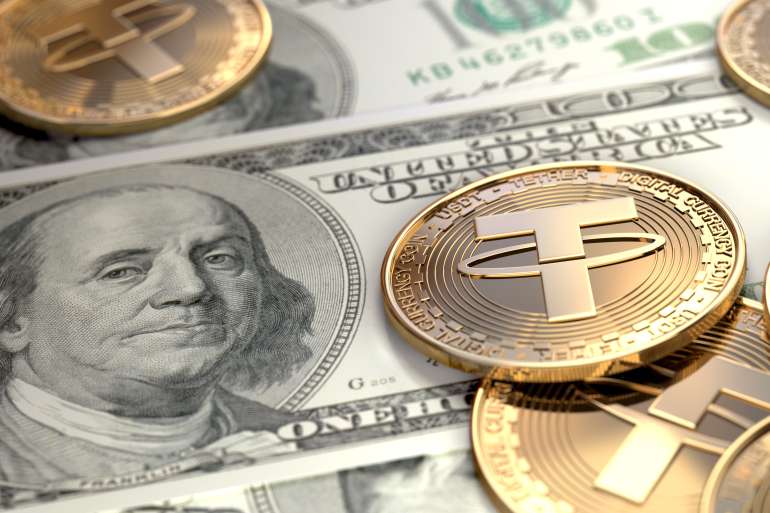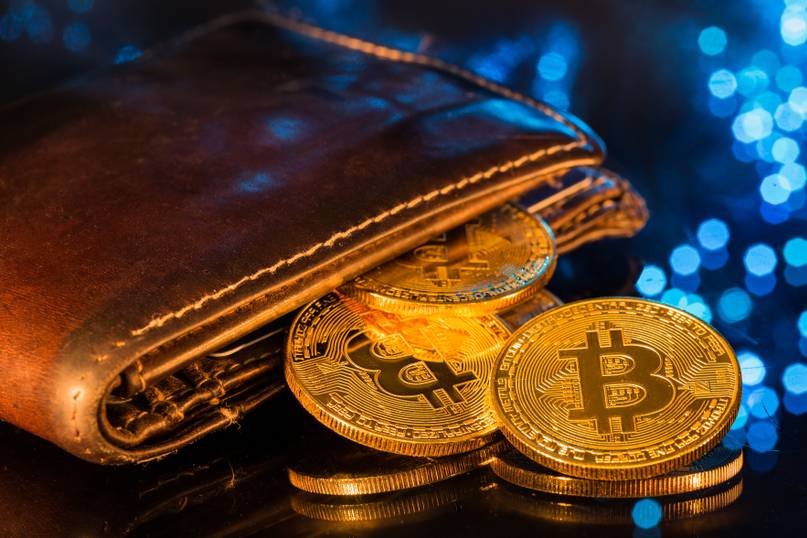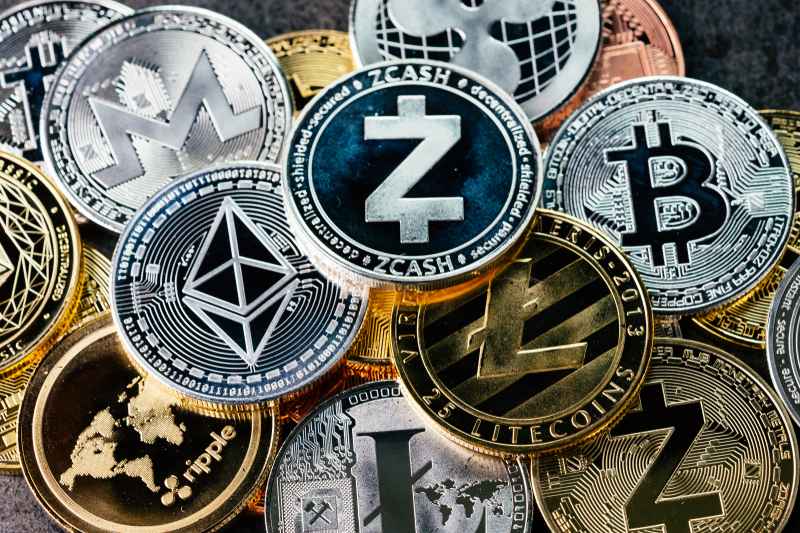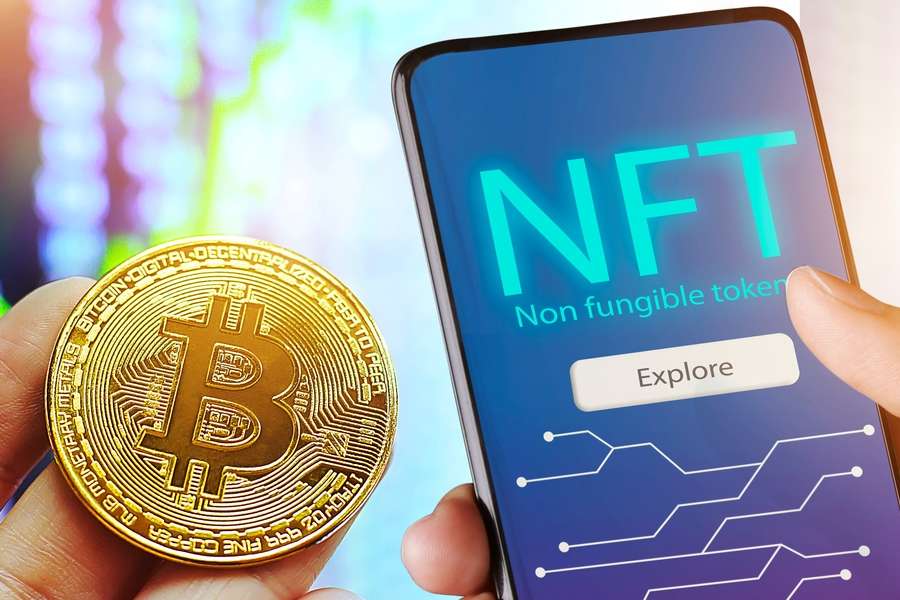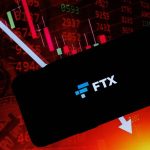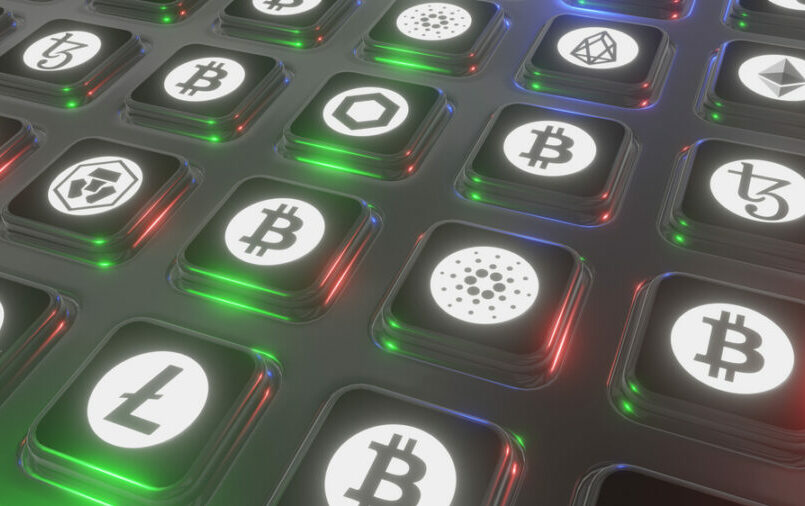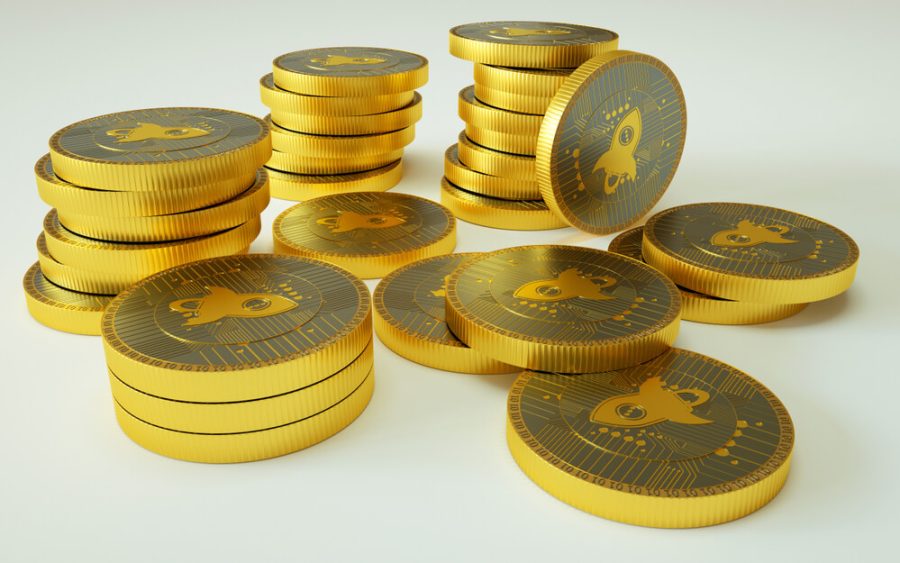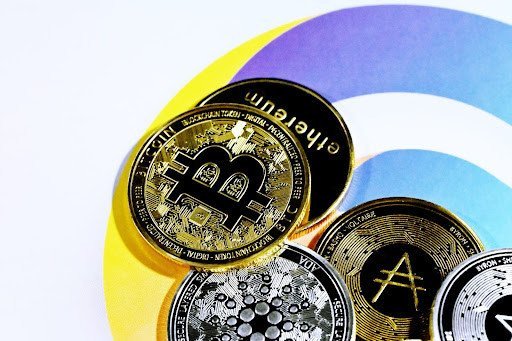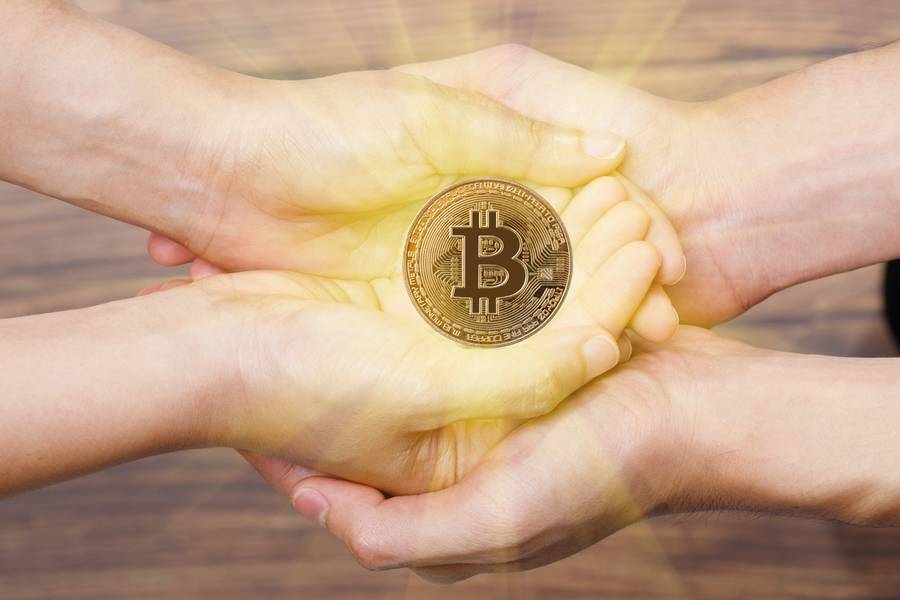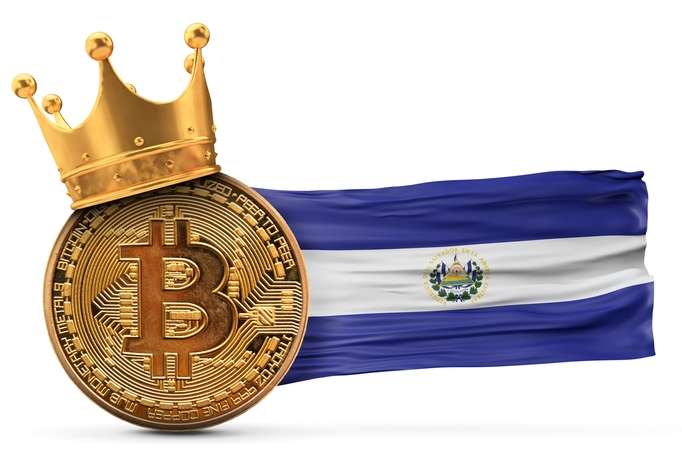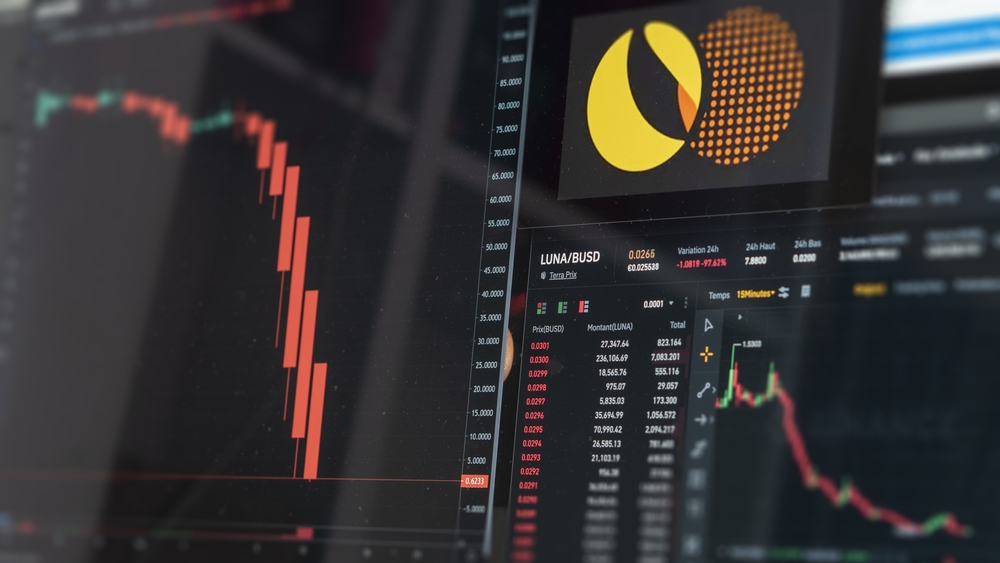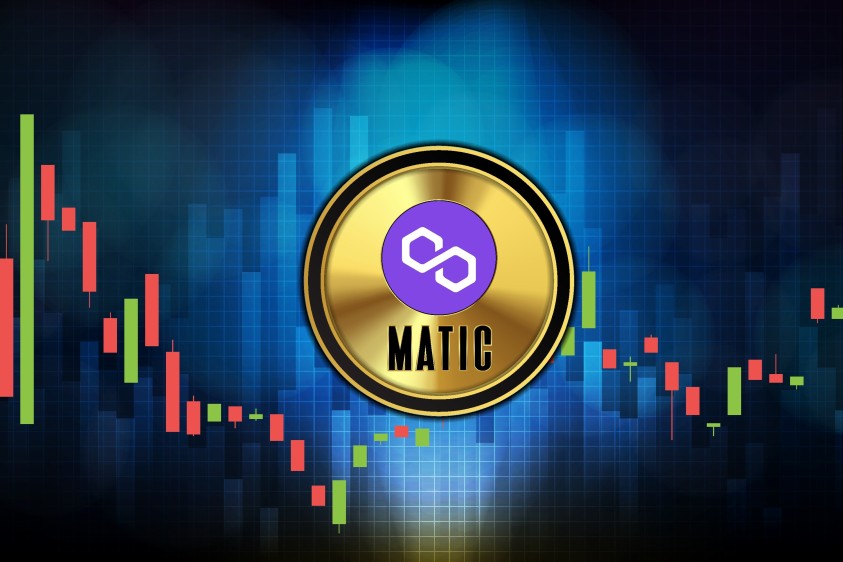There’s a civil war brewing in the bitcoin community on whether the network should host NFTs, called Ordinals. Even as some argue that this is something that even Satoshi Nakamoto would have been against, the number of ordinals are surging at an unprecedented rate.
The popularity of Ordinals has triggered a significant debate, reminiscent of the infamous block size war, on whether this is the “right” use for the Bitcoin blockchain.
Long before Ordinals, some bitcoiners in 2010 discussed incorporating a domain name system (DNS) into Bitcoin. Dubbed BitDNS, the idea was snubbed by Nakamoto himself, who strongly discouraged any non-financial use of Bitcoin.
Banking on that sentiment, a section of the Bitcoin community has accused the proponents of Ordinals of “spamming” bitcoin’s blockchain.
Ordinals creator Casey Rodarmor, a former Bitcoin Core contributor, belongs to the camp that argues bitcoin has transcended the intentions of its creator and should be used in any way it can be.
The numbers game
According to BitMex, the first Ordinals transaction occurred on 14 December 2022. As of 7 February 2023, that number had increased to over 13,000, ballooning to over 76,000 by 14 February, before crossing the 100,000 mark at the time of writing.
Unsurprisingly, according to CryptoQuant network activity on the Bitcoin blockchain has hit levels that hadn’t been seen since China banned crypto miners in May 2021.
However, unlike NFTs on Ethereum, ordinals store the NFTs directly on-chain. This means that ordinals have caused a surge in the number of blocks hitting the 4 megabyte (MB) block size limit.
Read More: NFT creators earned almost $2 billion in royalties
The Ordinals detractors use this to argue that NFTs on Bitcoin present the possibility of a rise in transaction fees. On the other hand, you have the proponents who pitch Ordinals as a solution to the ever-decreasing Bitcoin block subsidy.
In simple terms, the Bitcoin subsidy is the amount of bitcoin awarded to a miner for successfully mining a new data block. Thanks to Bitcoin halving, the reward gets cut in half after every 210,000 blocks are mined, which happens roughly every four years.
The current subsidy is 6.25 BTC, which will be reduced to 3.125 BTC sometime in 2024. With their rewards reduced, miners will look at other avenues for compensation for their work, and transaction fees seem like a natural alternative.
And so if Ordinals do drive up competition for block space, in turn driving up the transaction fees, as the detractors argue, that would make it worthwhile for miners to continue securing the Bitcoin network.
Read More: NFTs are gaining prominence in the cryptosphere
If you look at the data it appears the proponents of Ordinals far outnumber the detractors. Not only are they growing at a furious pace, but on February 9, 2023, one Ordinal Punk NFT sold for 9.5 BTC, or roughly about $214,000.
